Way to Meditation
Origin of Yoga
Since the ancient India times and till modern ones, Yoga has been used to heal the numerous mental, physical and spiritual upheaval and turmoil. In ancient world, the Yoga was one of the few healing practices which were in use for the treatment of prevalent ailments. Due to lack of knowledge, all the diseases were treated as the spiritual ones and their cure was supposed to be hidden in different holistic exercises. It was partially true in those days, even today, as science has proven that when great many modern day ailments start, these can be treated with the holistic practices at the initial stage.
Yoga is a holistic practice which includes the physical postures, different breathing patterns, applications for the meditation and different moral & virtuous ideologies. Due to its effectiveness in short time interval, Yoga is gaining popularity around the world and almost all cultures are adopting Yoga for the physical health, mental peace and achievement of spiritual realization.
Lets’ have a little closer semblance of Yoga:
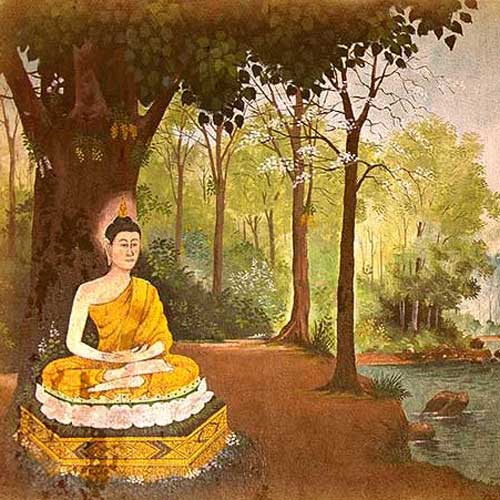
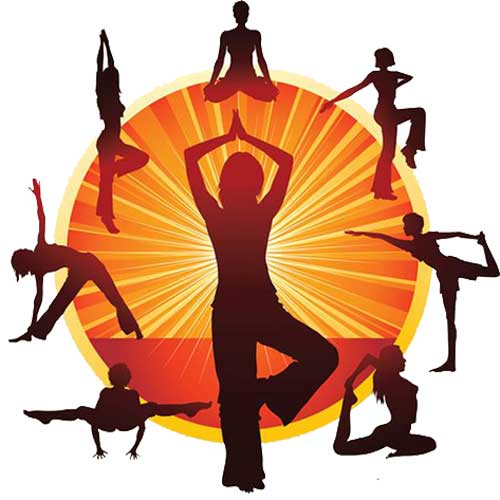
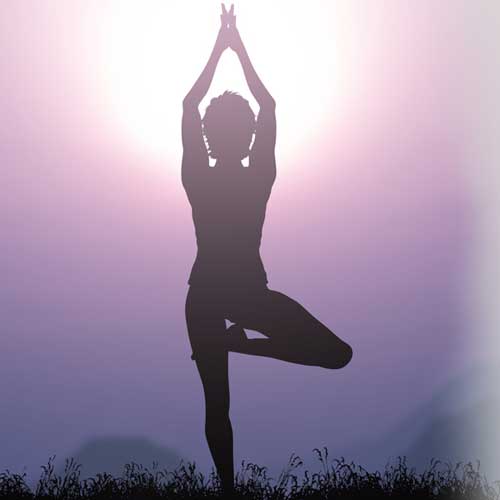
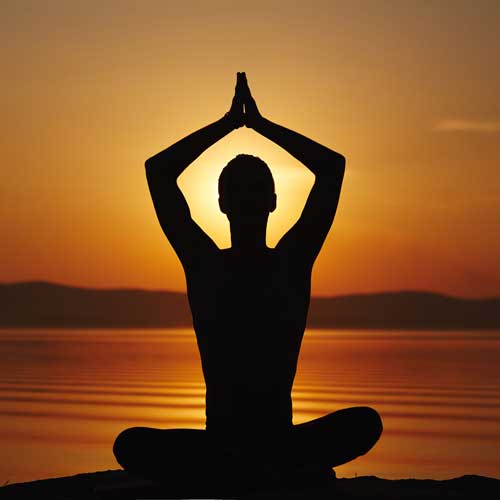
Yoga: Activities, Practices and their Achievements
There are almost countless prevalent Yoga activities, practices and their different segments which are frequently applied during the Yoga practices. Few of the most popular ones are described below:
Asanas (Body Postures)
Asanas originated from Sanskrit language which means; body sitting position, posture or sitting place. These are the positions, instructors advise the practitioners to assume during the practice, called Hatha Yoga.
Each of the asanas or physical techniques, adopted during the Yoga, are part of the Yoga practice. These are found highly beneficial for the different parts of the body, for improving the physical flexibility, body strength and to maintain the balance & stability in the body.
The most popular and vastly applied ananas Yoga poses include; downward dog style, tree style posture, cobra shape and many more postures, which your instructor may propose for the Yogi (male Yoga practitioner) or Yogini (female Yoga practitioner) to adopt or you may yourself feel comfortable to adopt.
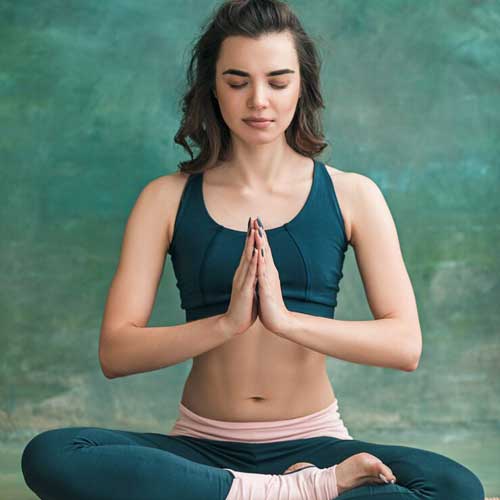
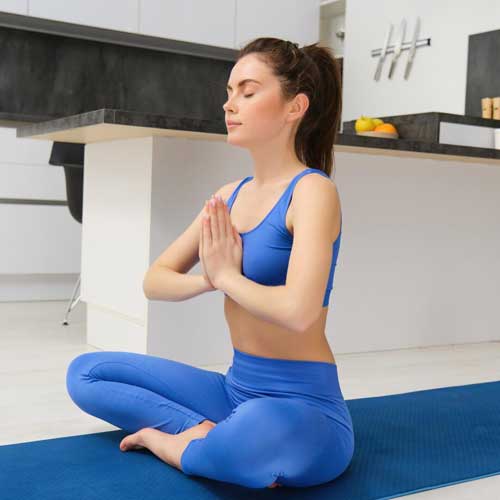
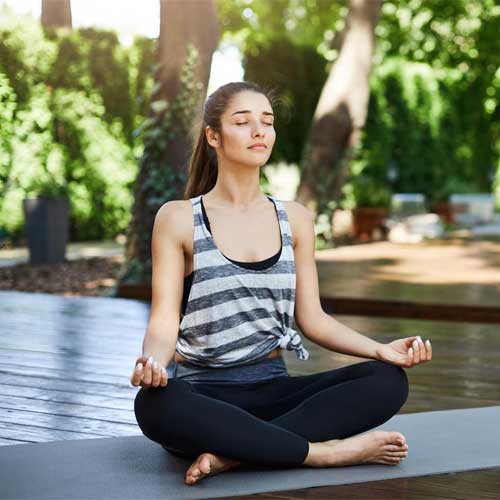
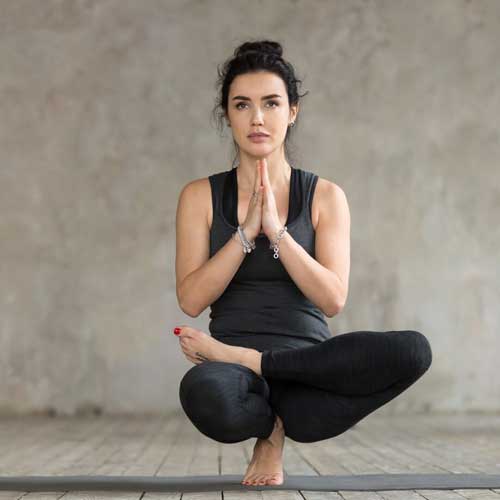
Best Breathing Control Technique during Yoga (Pranayama)
The best breathing technique, suggested by the instructors to get the best results from Yoga, is known as Pranayama. The pranayama, the collection of many breathing techniques, are applied during Yoga exercise to calm down the mind and to reduce the stress level.
One most important function, Yoga performs, is the enhancement of flow of Prana, the vital form of energy, which is intensely required for the healthy working of human body. It has the widest application during the Yoga.


Yoga as Meditation and Mindfulness
The prime function of Yoga is the meditation which results in focusing of mind by eradication of distractions for the peaceful working of mind.
You may get this eradication of distractions in different ways, such as, by arranging appropriate seating, steered imagination and mindful meditation during Yoga.
Meditation brings promotion of clarity in peaceful mind & mental health, balanced & stable emotions and, above all, self-awareness.
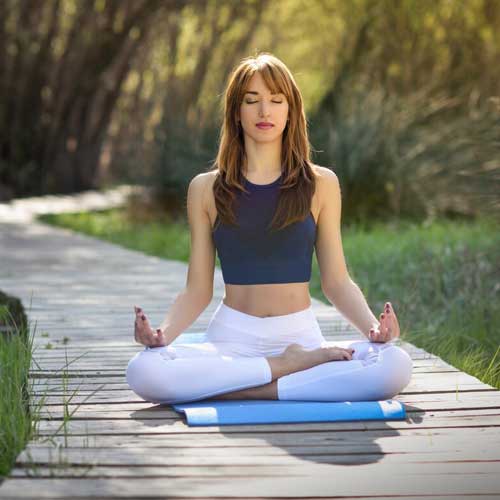
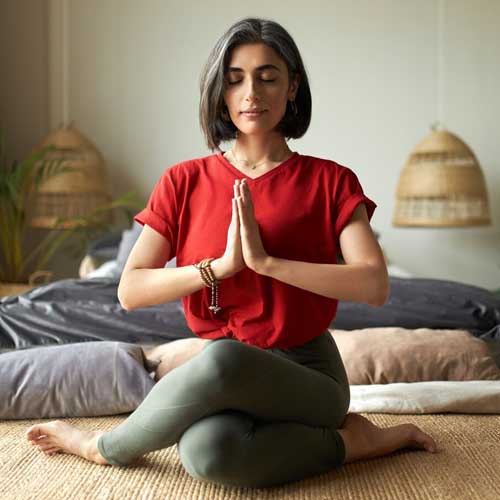
Principled Life Style (Yamas and Niyamas)
Yoga teaches us the principles for peaceful & stable life while performing Yoga, side by side. Some of the principles, learned during the Yoga are:
Yama
The five Yamas are referred as the vital ones for the controlled life. As defined in the Yoga Sutra, five yamas, such as, Ashimsa (remaining non-violent in life), Asteya (habits of remaining fair in life), Satya (remaining truthful in life), Aparigraha (general position of non-possessiveness) and Brahmacharya (remaining loyal and faithful).
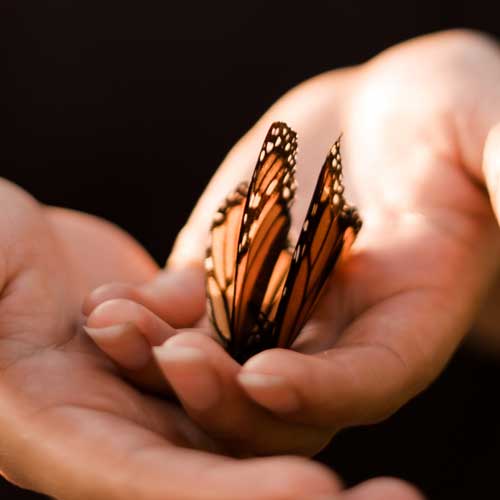
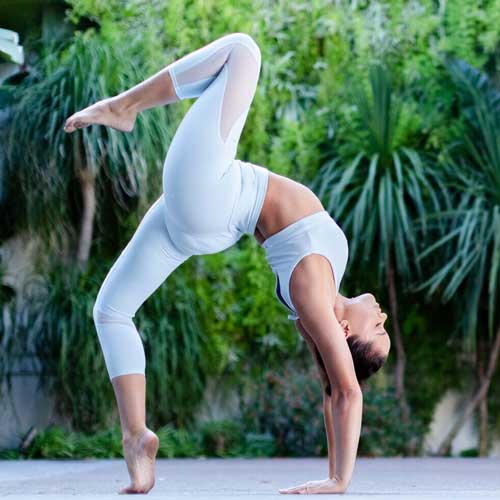
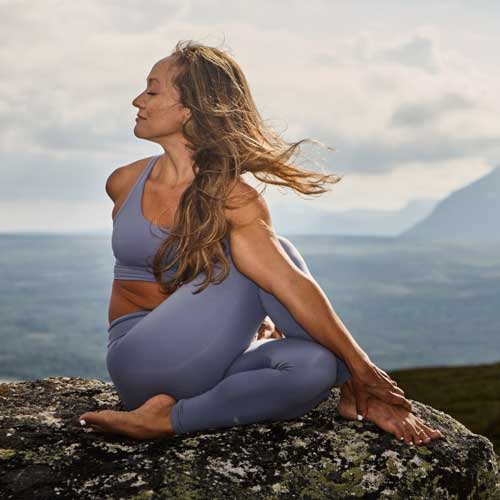
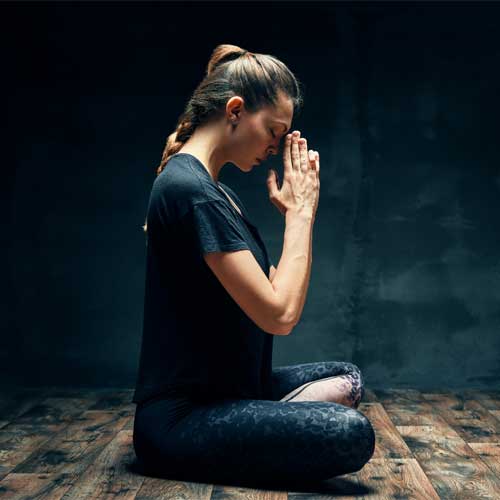
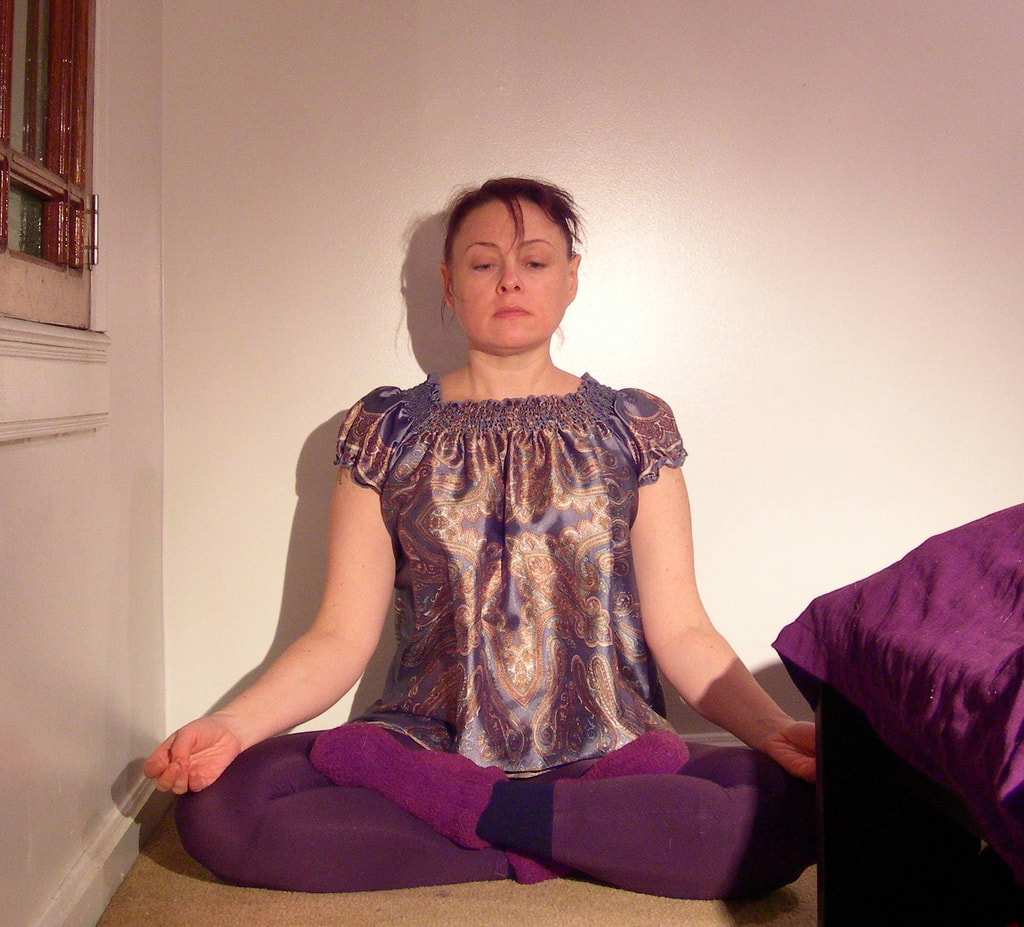
Ashimsa
Asteya
Satya
Aparigraha
Brahmacharya
Niyamas
But 5 Niyamas are referred to a set of life style, such as:
- Saucha (preferring cleanliness): Saucha is understood to be as ‘cleanliness’; but not simply physical cleanliness but also spiritual cleansing as well.
- Santosha (gladness and pleasure): Remaining glad and happy during life.
- Tapas (disciplined life style): This emphasizes the life to remain disciplined in all aspects of life.
- Svadhyaya (self-appraisal): This forces the individual to appraise and evaluate its own life by himself / herself.
- Isvara Pranidhana (surrendering to someone with higher powers): This is the most important one, i.e. to surrender to someone, to one who has the real powers in the World.
When you are regularly performing Yoga, all the 5 Niyamas, unintentionally enters our mindfulness and starts affecting our overall life style and bring life style changes, such as, truthfulness, non-violence and self-discipline, making you a new human being.
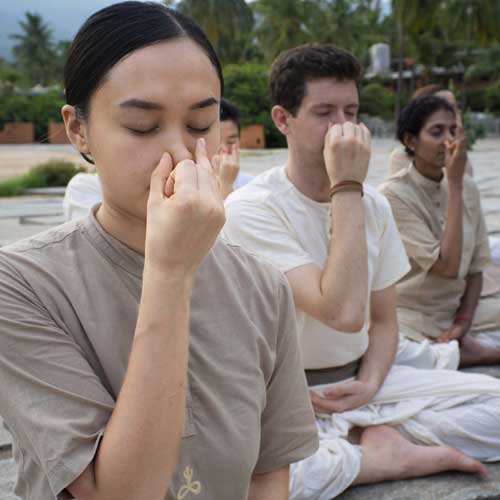
Saucha
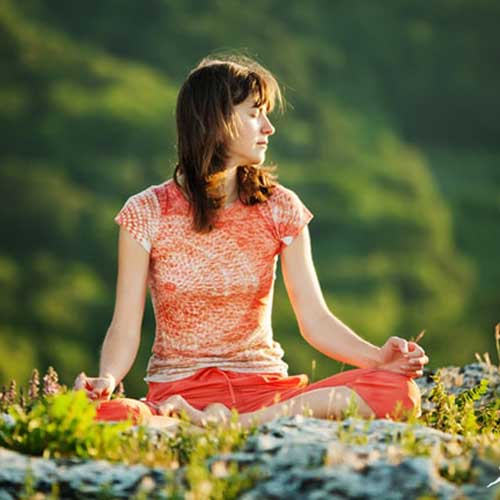
Santosha
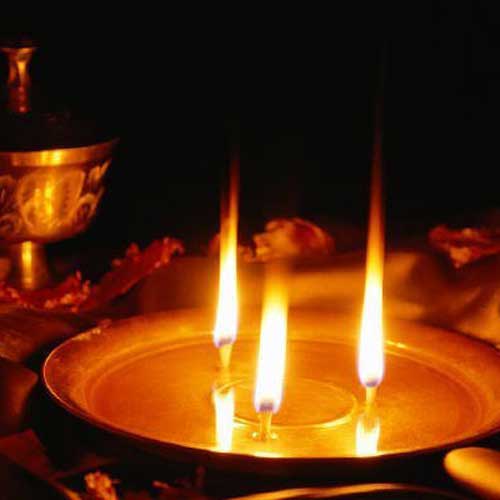
Tapas
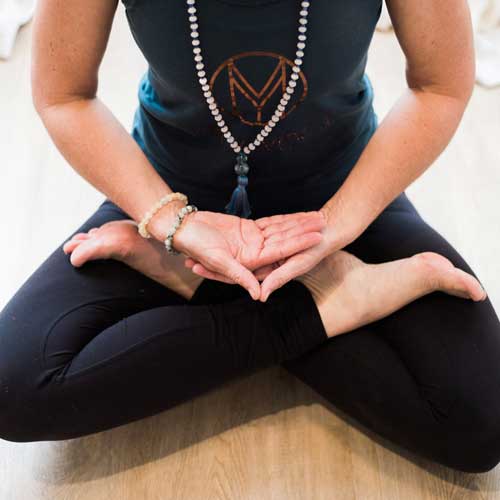
Svadhyaya
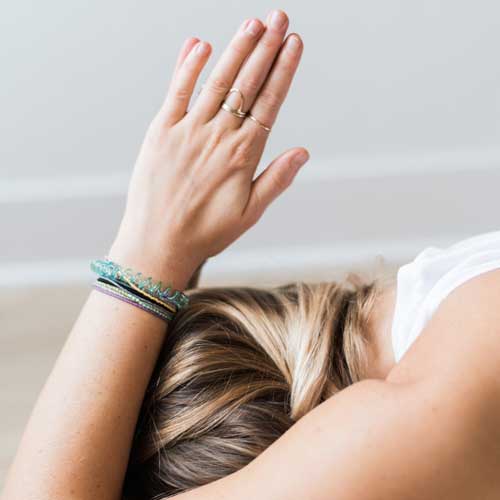
Isvara Pranidhana
Spiritual and Philosophical Attributes of Yoga
With spiritual roots in Hinduism, Buddhism and many other Eastern cultures, Yoga offers spiritual growth and self-realization as well. Though Yoga can be practiced by any individual from any culture or religion, it may be beneficial for that practitioner. This is not preset for any particular communal segregation.
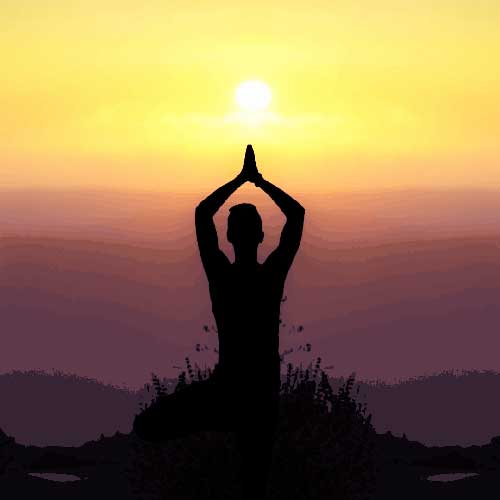
Spiritual Attributes

Philosophical Attributes
Physical medical Aspects of Yoga
If the Yoga is practiced, regularly and under a trained instructor, it can bring a lot of medicated wellbeing, without the application of medicinal compounds.
When practiced regularly, Yoga may improve flexibility in human structure, strengthen a person, physically, lessen the stress level, bring down the anxiety & depression to smoothness, help the individual to enhance concentration in life and in general, promote the overall well-being.


Different Yoga Application Styles and their Purposes
When an individual approaches the Yoga instructors to join Yoga classes, the instructors have to decide the specific style of Yoga for the individual. After analyzing the current position of the individual, the instructor chooses and suggests the best application style for Yogi or Yogini. From among the long range of Yoga practicing styles, followings are the most popular and taken as the most appropriate one for the different Yogi or Yogini, as per their specific needs and requirements.
Let’s have a brief look upon the different Yoga application styles:
Hatha Yoga
This is the general category which is applied in almost all the yoga styles. Being the old system, it includes the asanas (Yoga positions) and pranayama (breathing exercises) to bring the peace of mind and body. It is commonly used to attain the spiritual practices for the meditation.

Vinyasa
Vinyasa Yoga is most appropriate type of Yoga as the different Yoga postures are required to be linked with the breathing rhythms. This sequence of movements is important for the heart beat and for the working of sweat.
As there is no set pattern, the rhythmic movements during Yoga depends upon the observation of the instructor.

Ashtanga
Ashtanga is a combination of two Sanskrit words; ‘Ashta’ and ‘Anga’. Ashta is meant as the eight while the Anga is meant as the limb or body. During the Ashtanga Yoga application, it comprised of eight limbs or body parts which are utilized and moved during the Yoga. Which part is to be moved or fixed, depends upon the observation of instructor.

Bikram Yoga
Bikram yoga is named after Bikram Chaudhry who devised it. It is applied to improve strength of lower and upper body with the appropriate motion, bringing balance in healthy adults.

Iyengar Yoga
This is a form of Yoga which focuses on structural alignment of body by practicing asanas.

Kundalini Yoga
Developed by Shaktism and Tantra schools of Hinduism, it is a form of Yoga which includes chanting, singing, breathing practices and repetitive postures to create spiritual energy.

Restorative Yoga
This is the union of body and mind, which is a meditative form of Yoga, allowing you to focus upon your breath. It is based on the practice to release tension in your body.

Accessibility to Meditation
Yoga is a part of meditation and can be accessed by anyone in the society; individuals of all ages and their fitness level. Depending upon the requirements of meditation, physical limitations and spiritual injuries, modifications can be made in the different practices of the Yoga – but depending upon the evaluation of the instructors.
As a whole, the Yoga is a versatile practice which can be modified as per needs, requirement, life style of the practitioner and the ultimate goals. But to get the best results, such as, body fitness, mental peace or above all the spiritual growth, Yoga offers a path to transformation and wellbeing. But, it must be conducted and performed with patience, consistency and mindfulness, as and when directed by instructor.
AUTHOR RESUME'
Saadat Wahid from Pakistan. After post graduation in Education (PU, Lahore), he acquired MBA (Finance – IBA, PU). Then HDR in Finance from SZABIST (Karachi & Dubai) and started Research in finance.
With more than 3 decades rich experience in teaching, training, administration and marketing, he has written many books on technology and finance as well (available at Amazon).
He has written after getting inspired from Xanthi Tsiouka.


